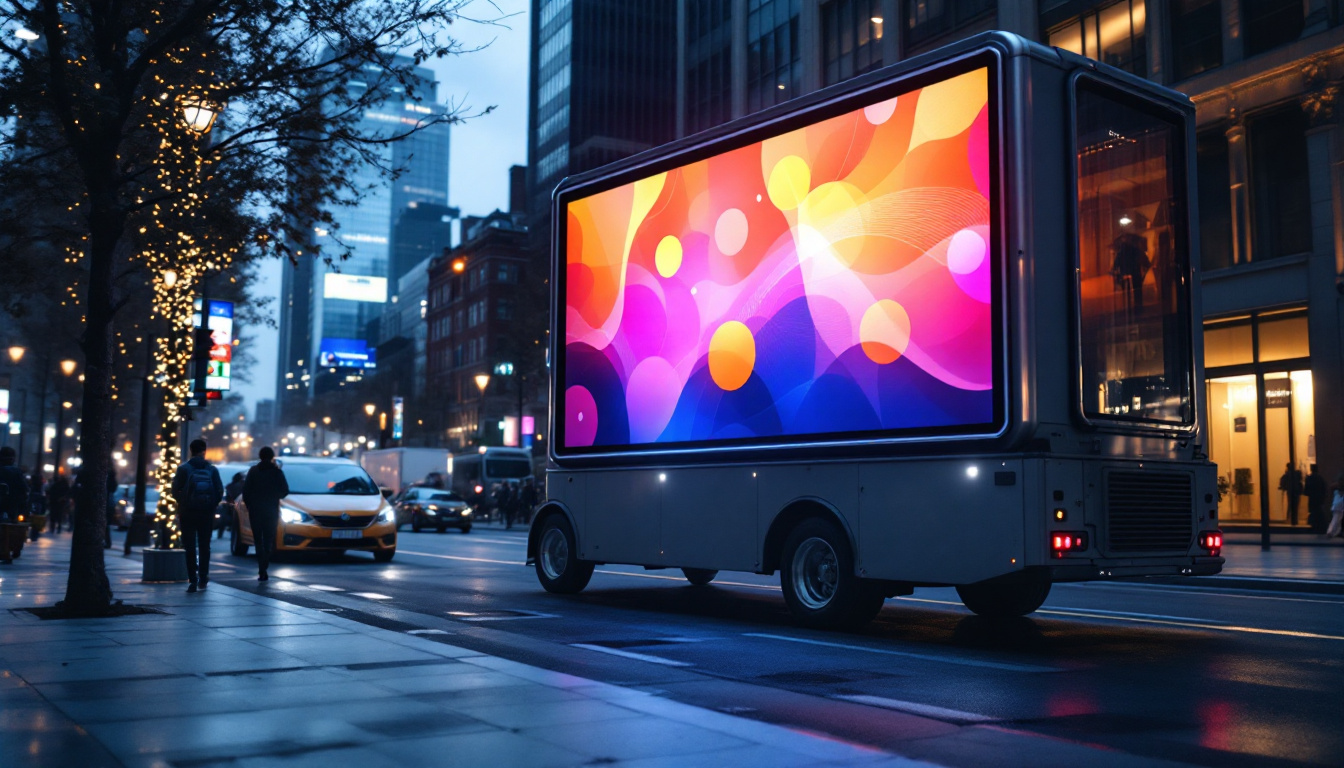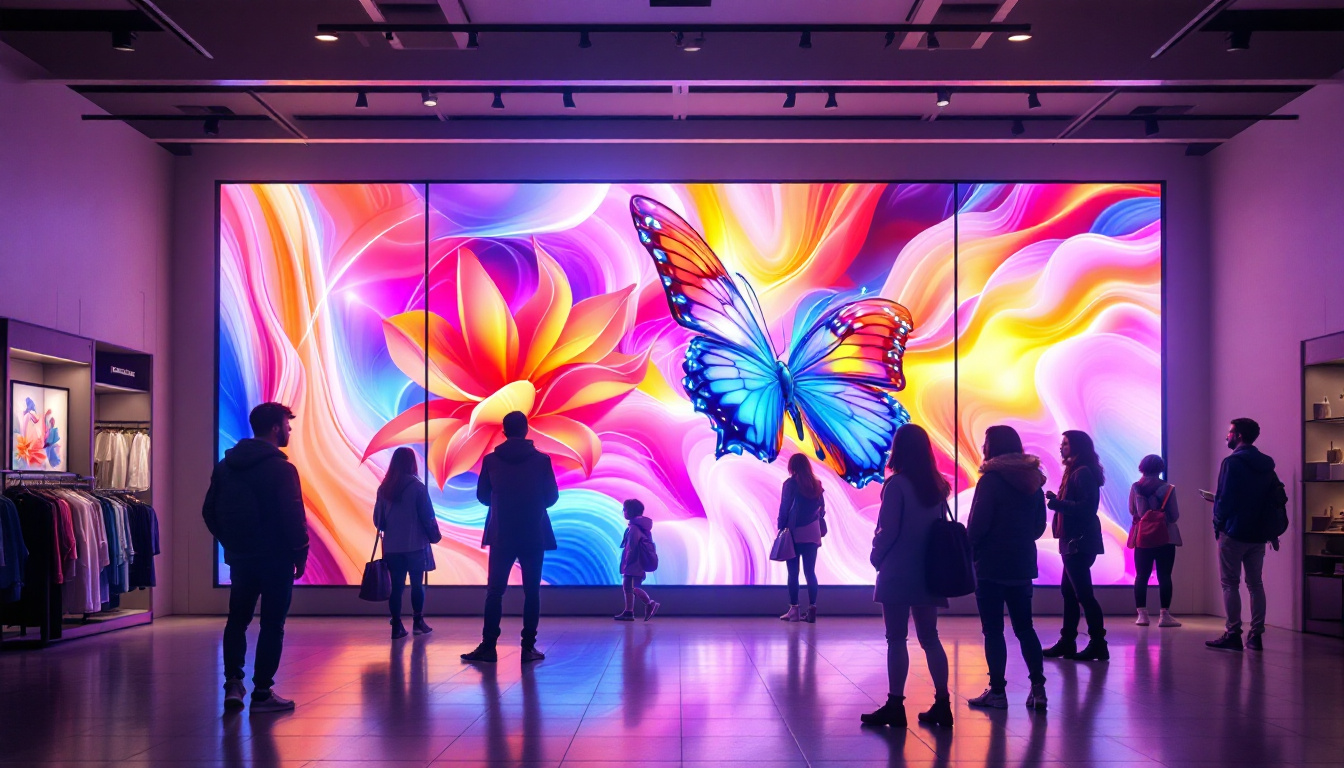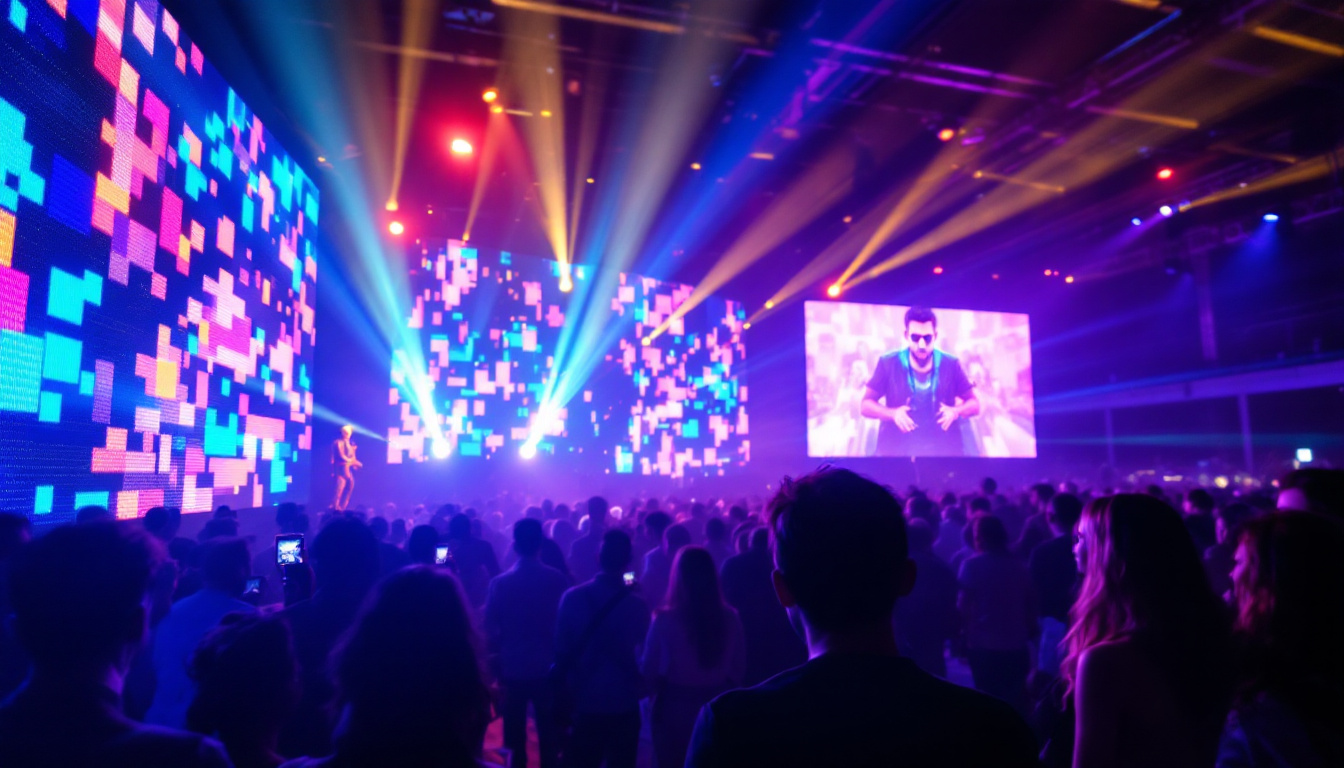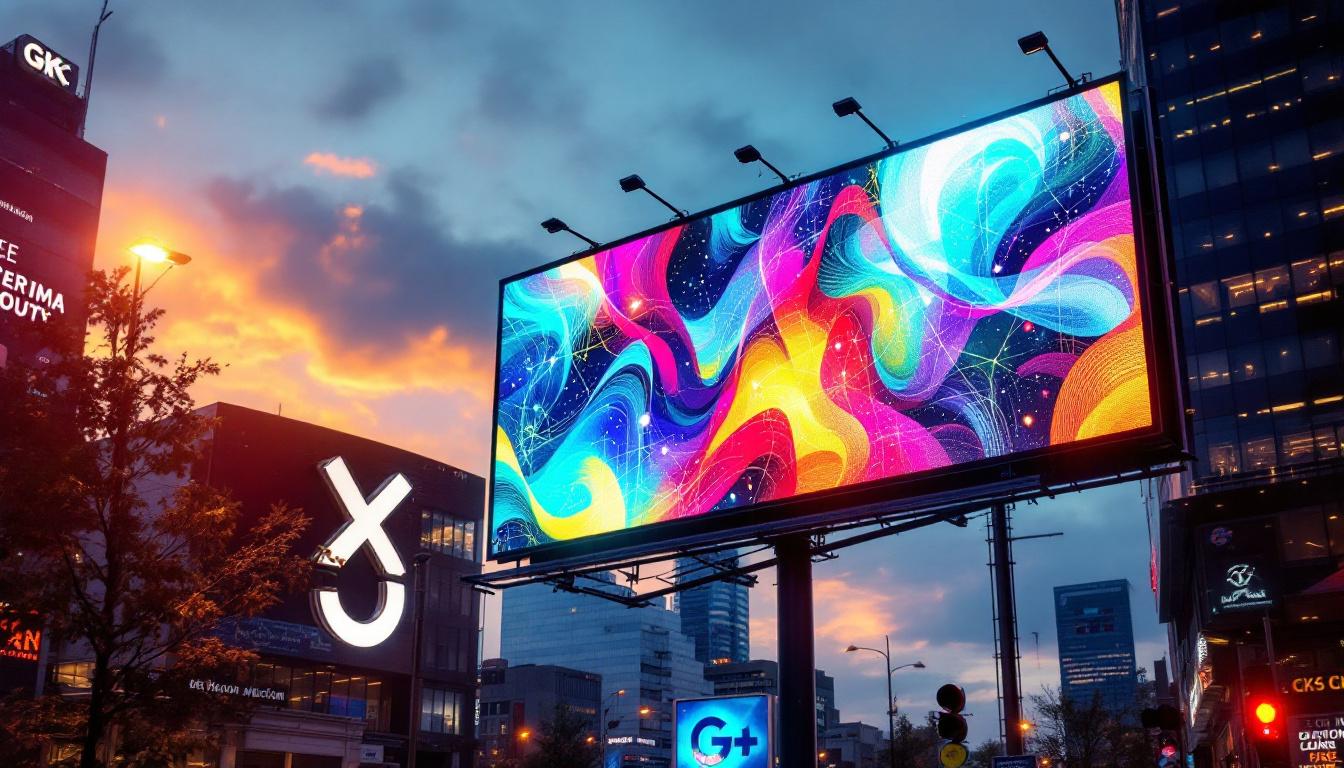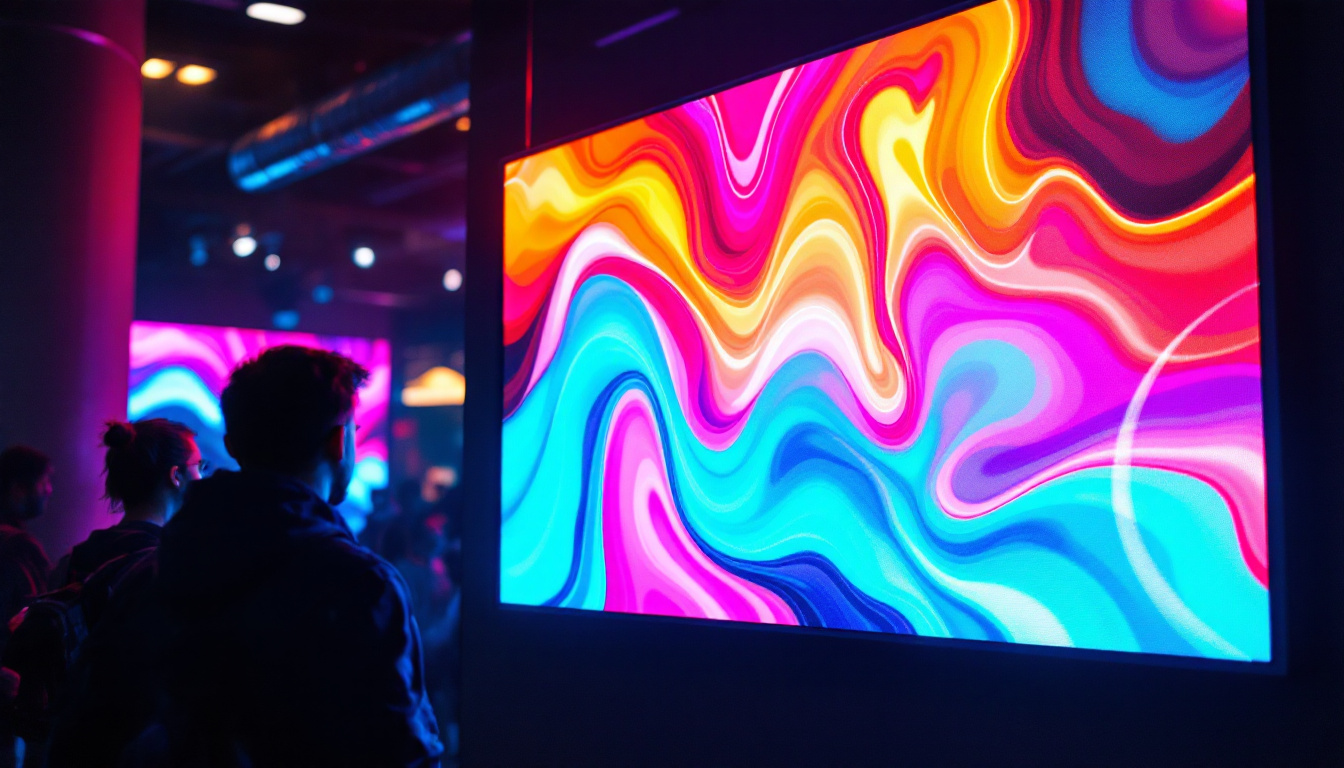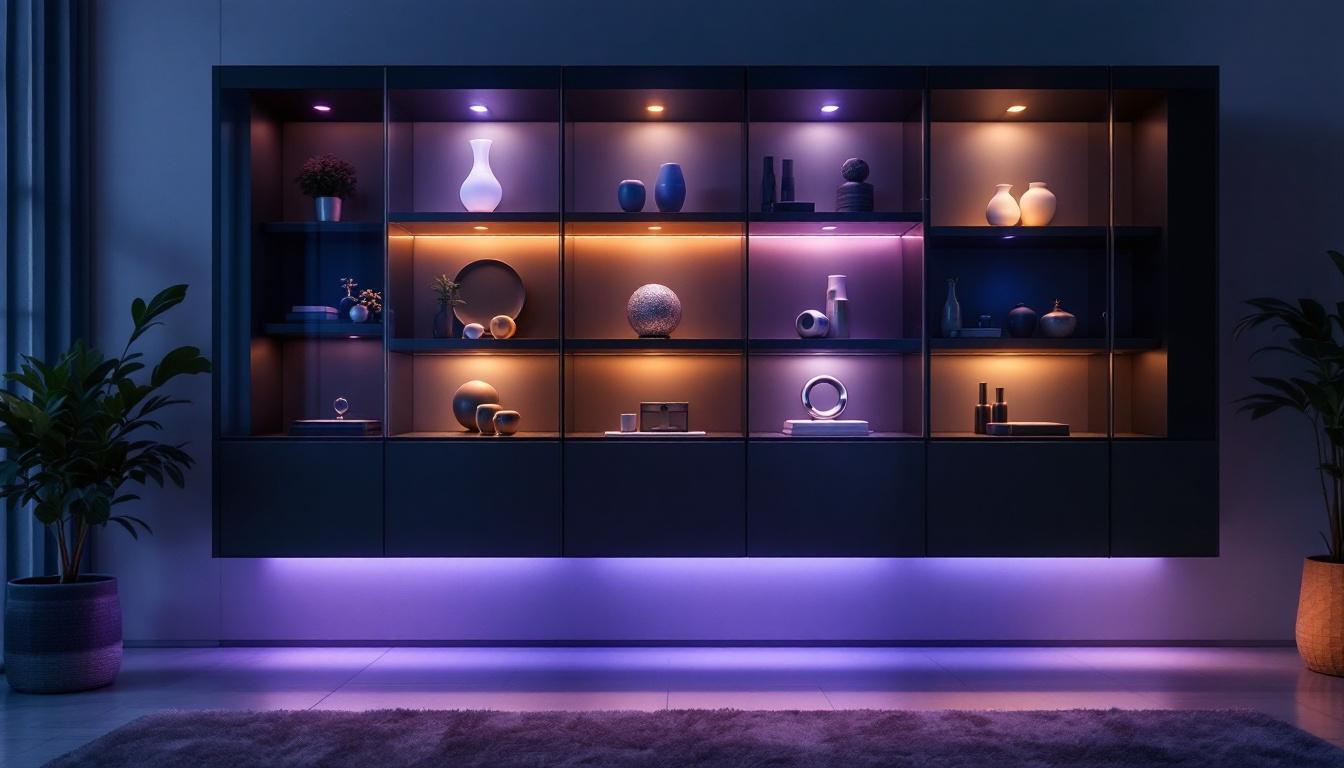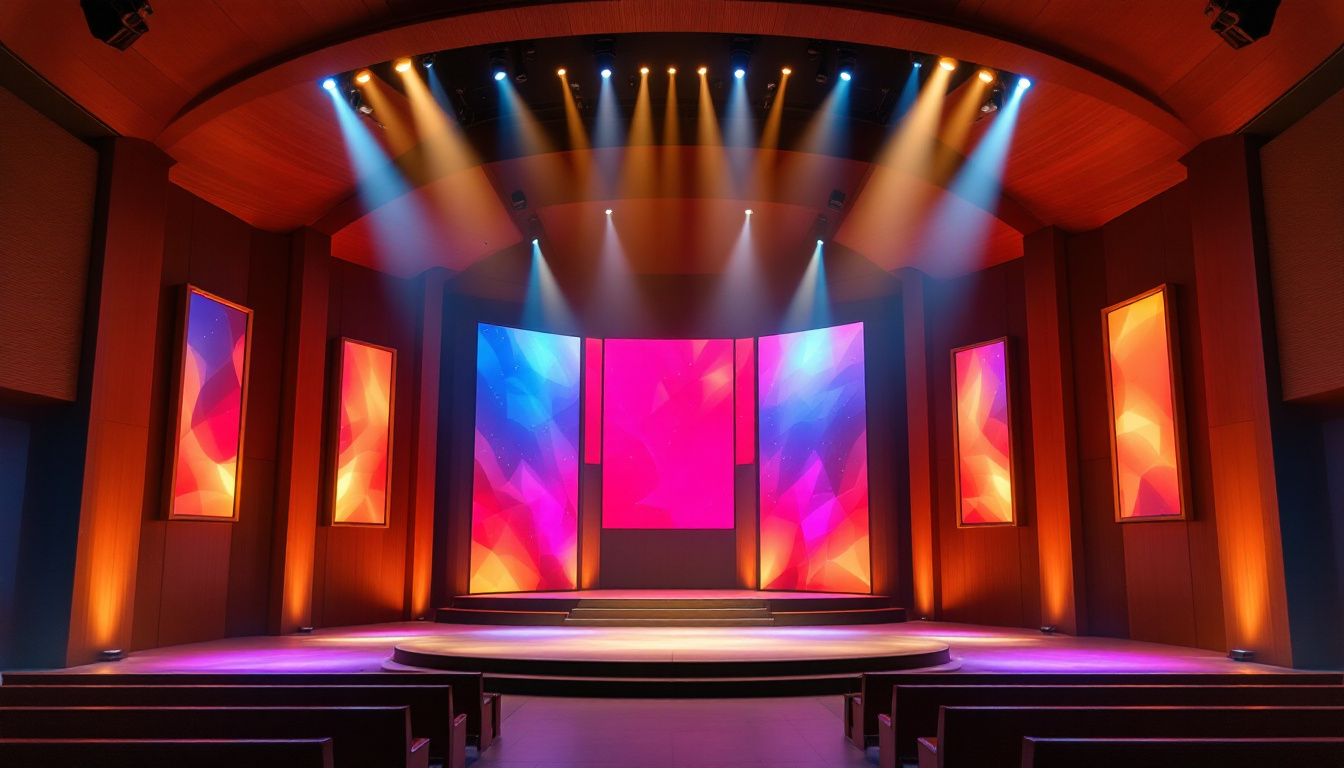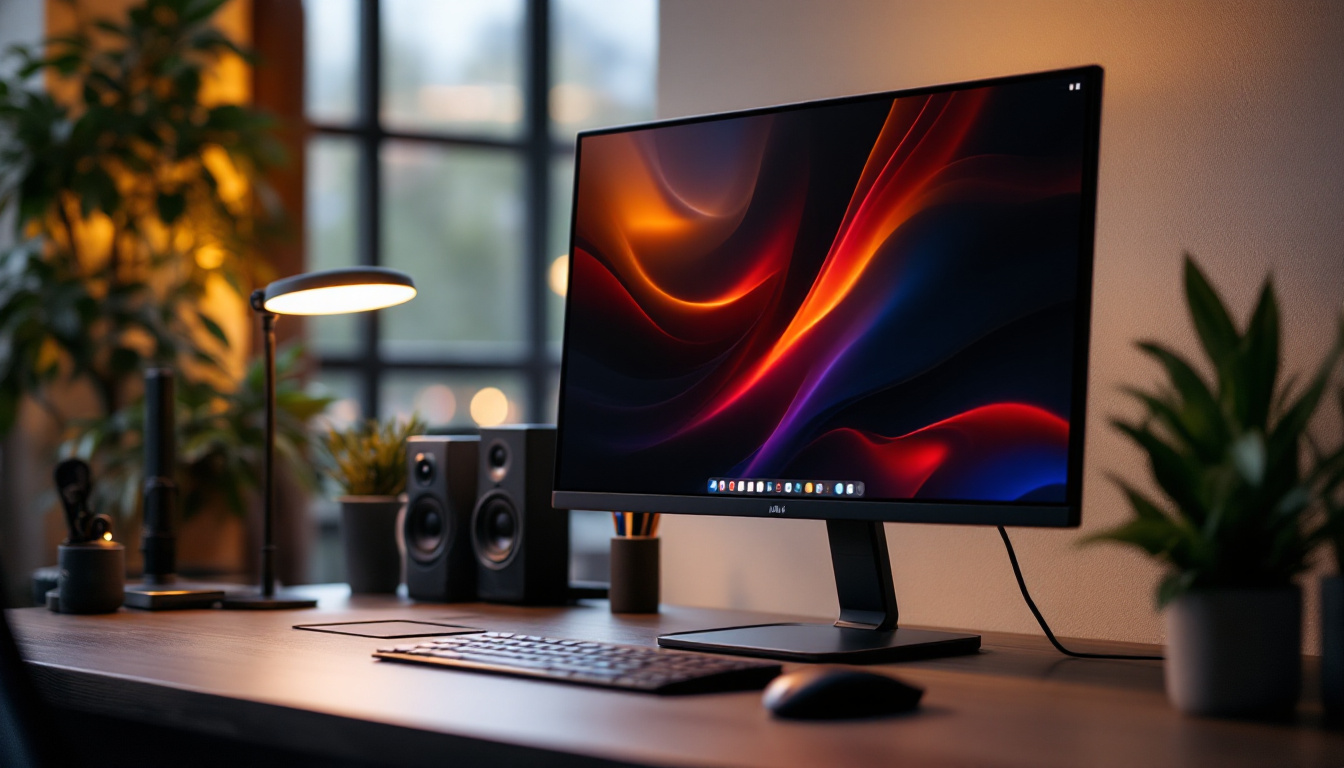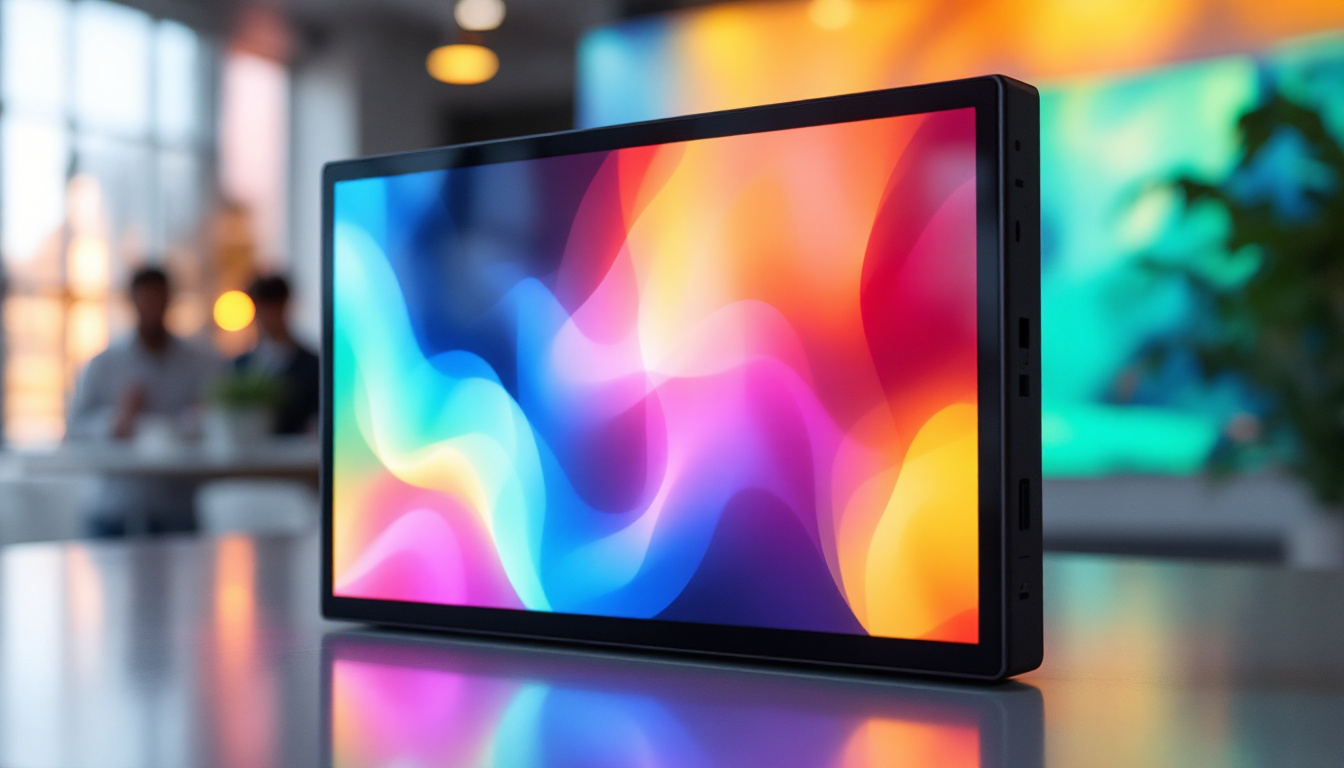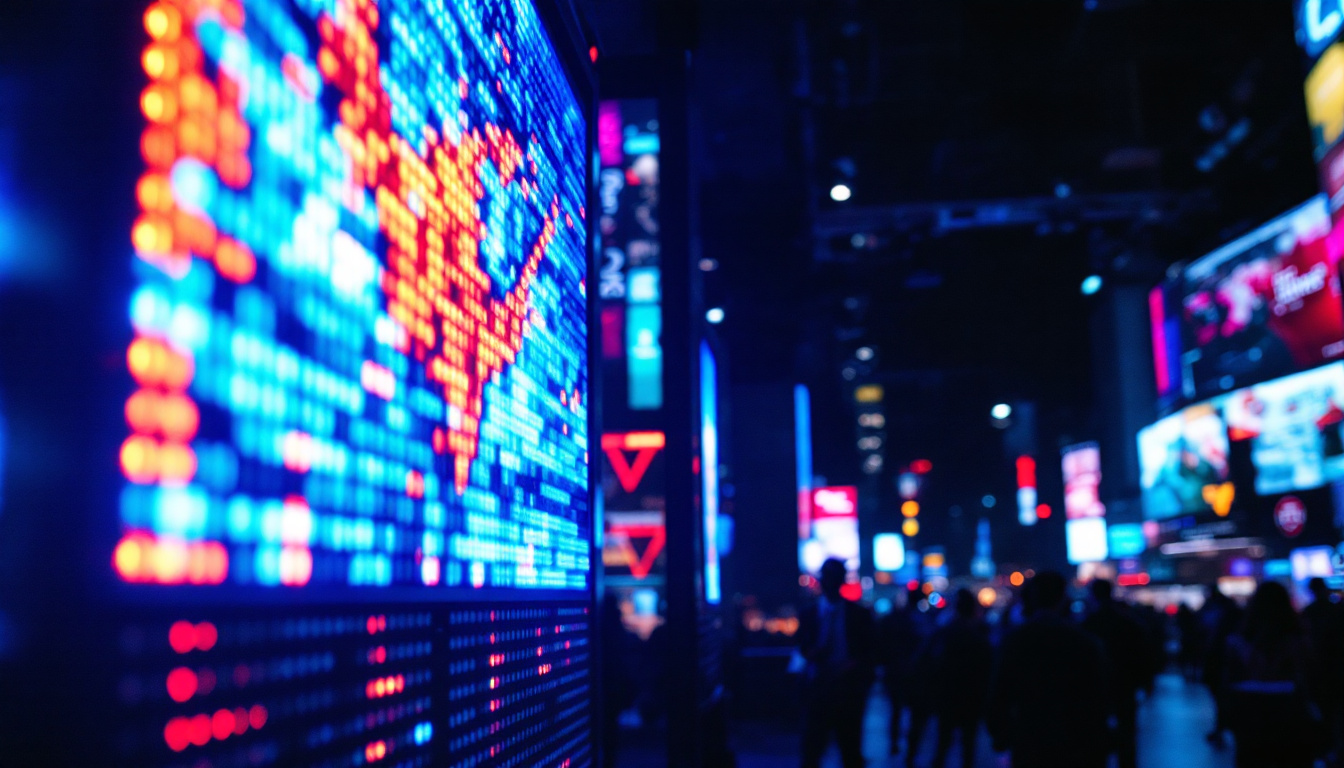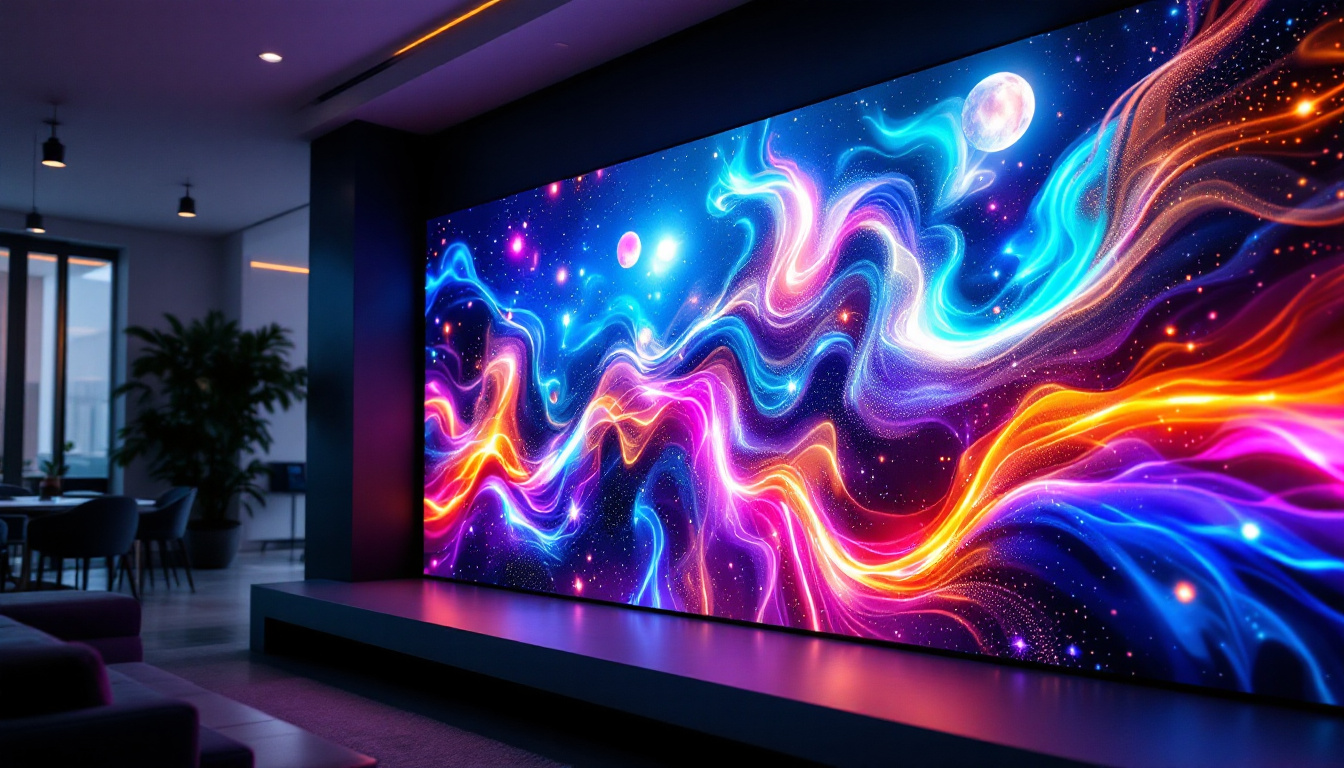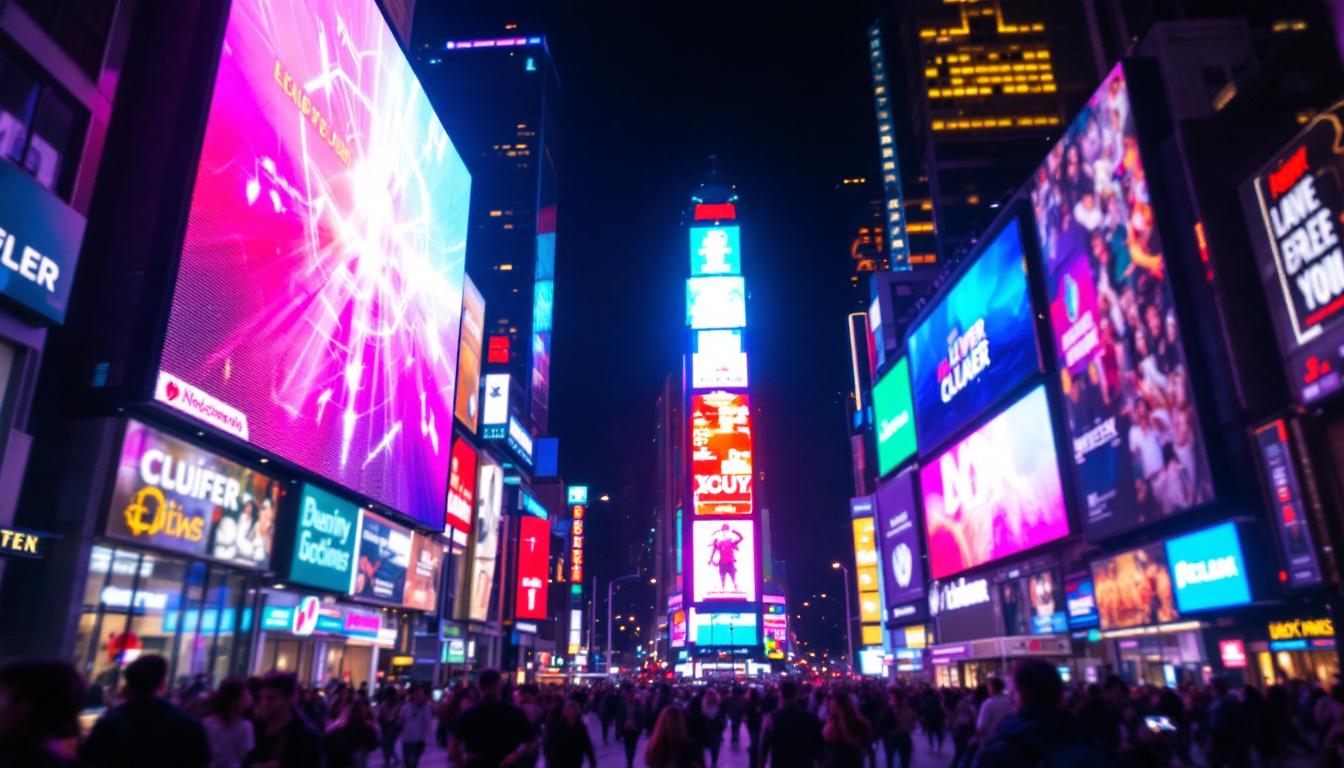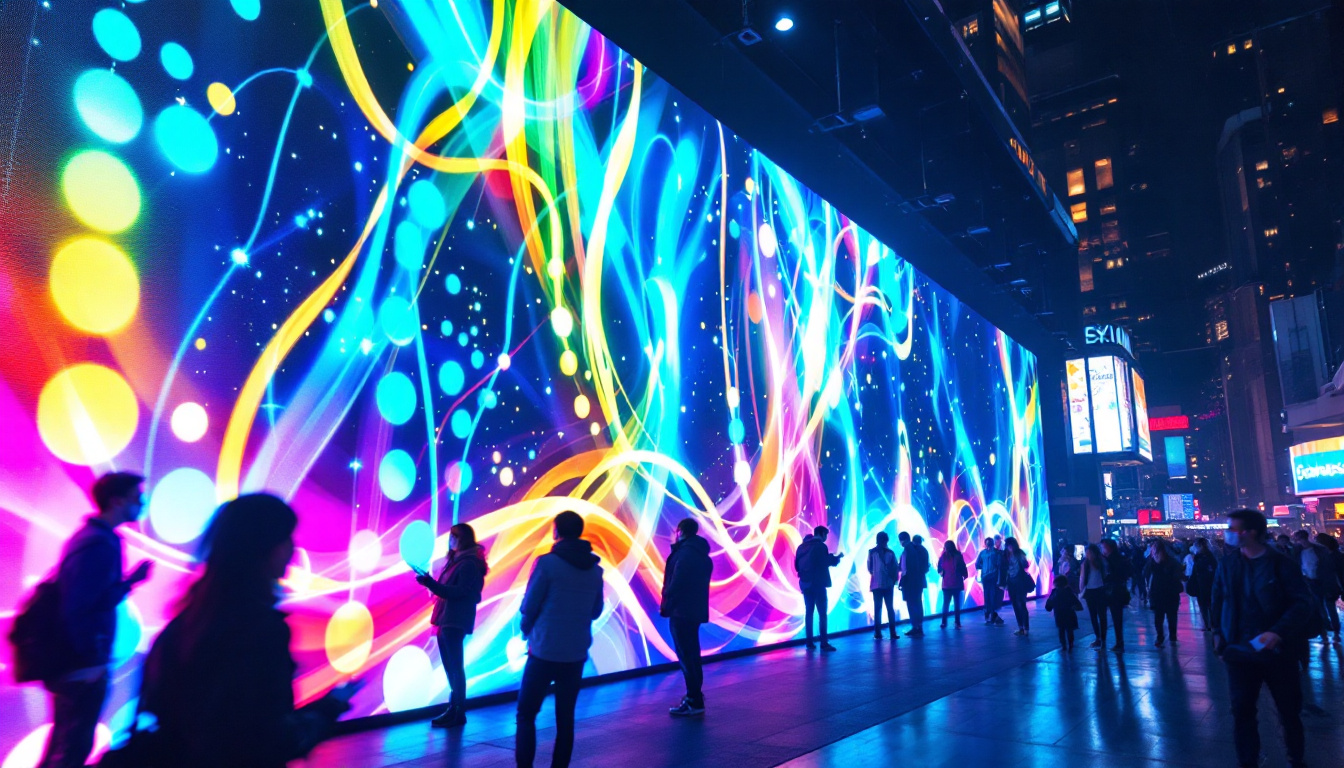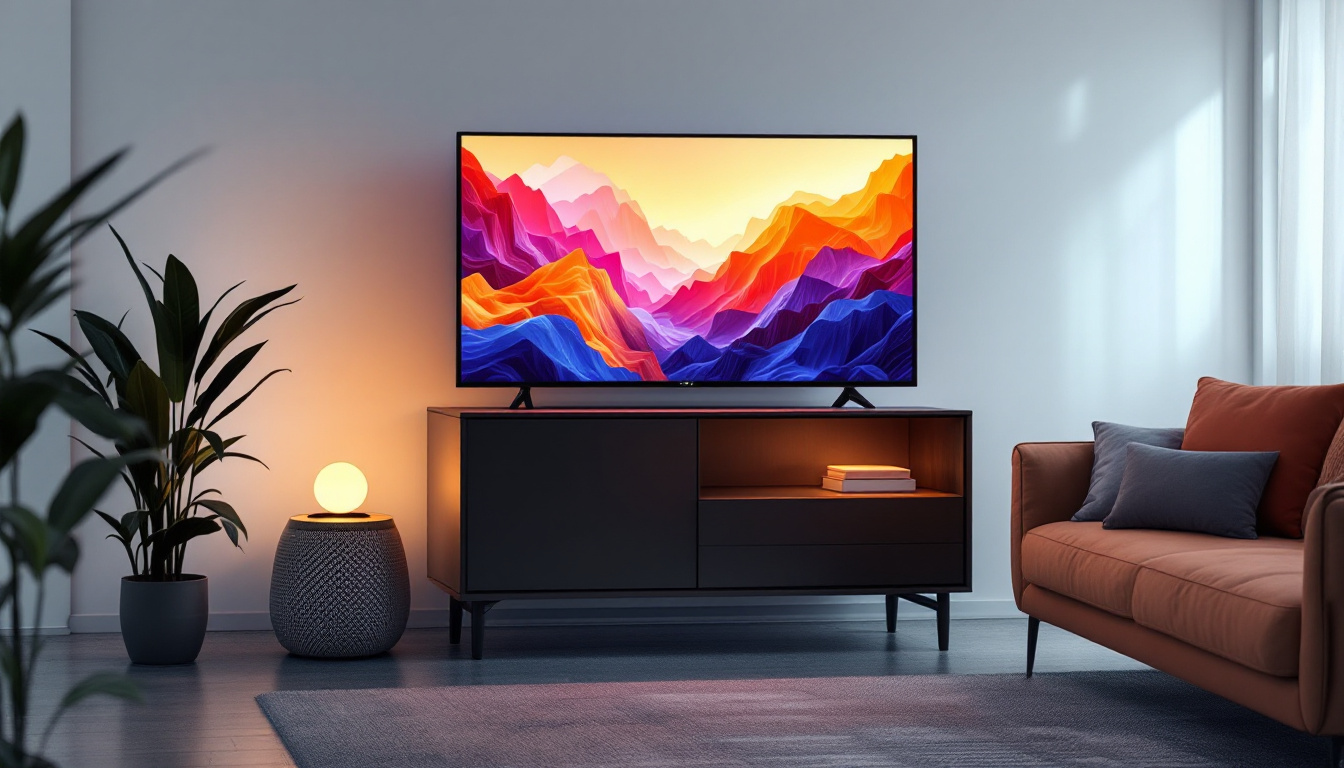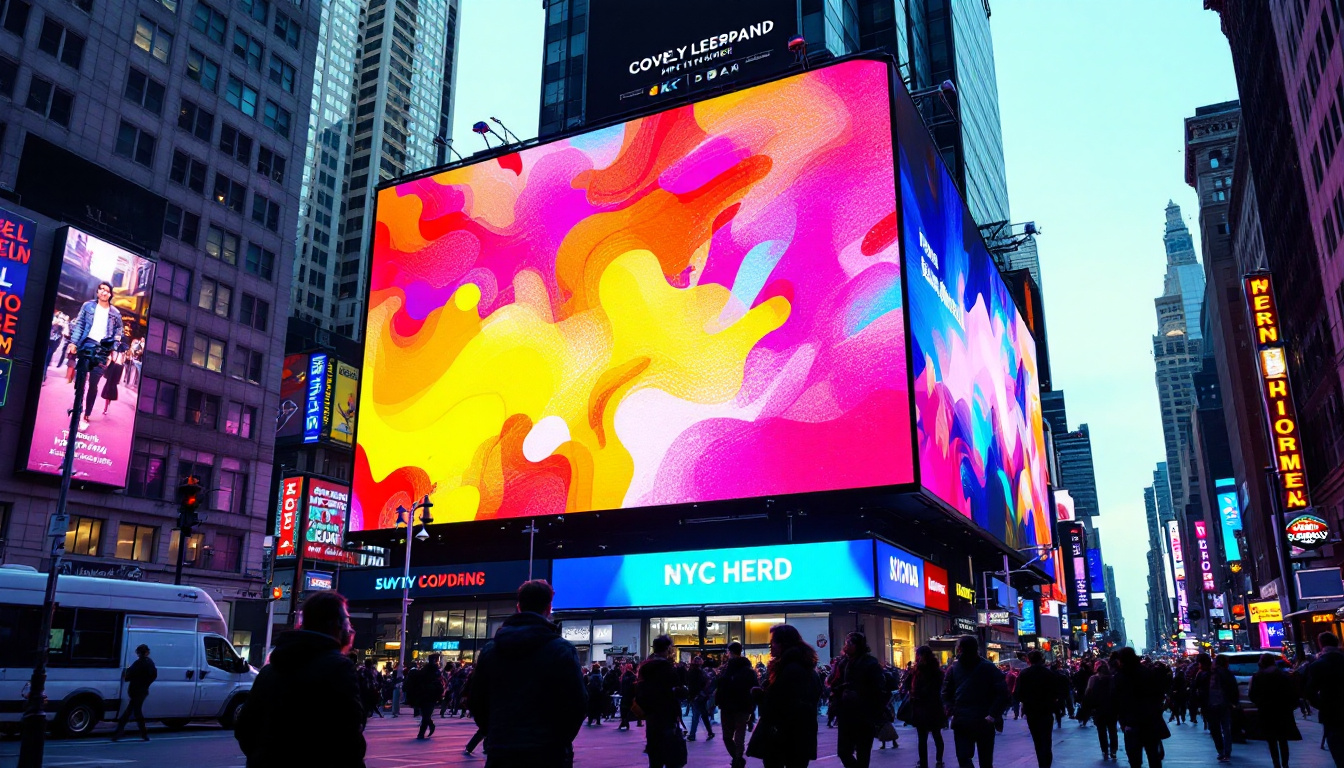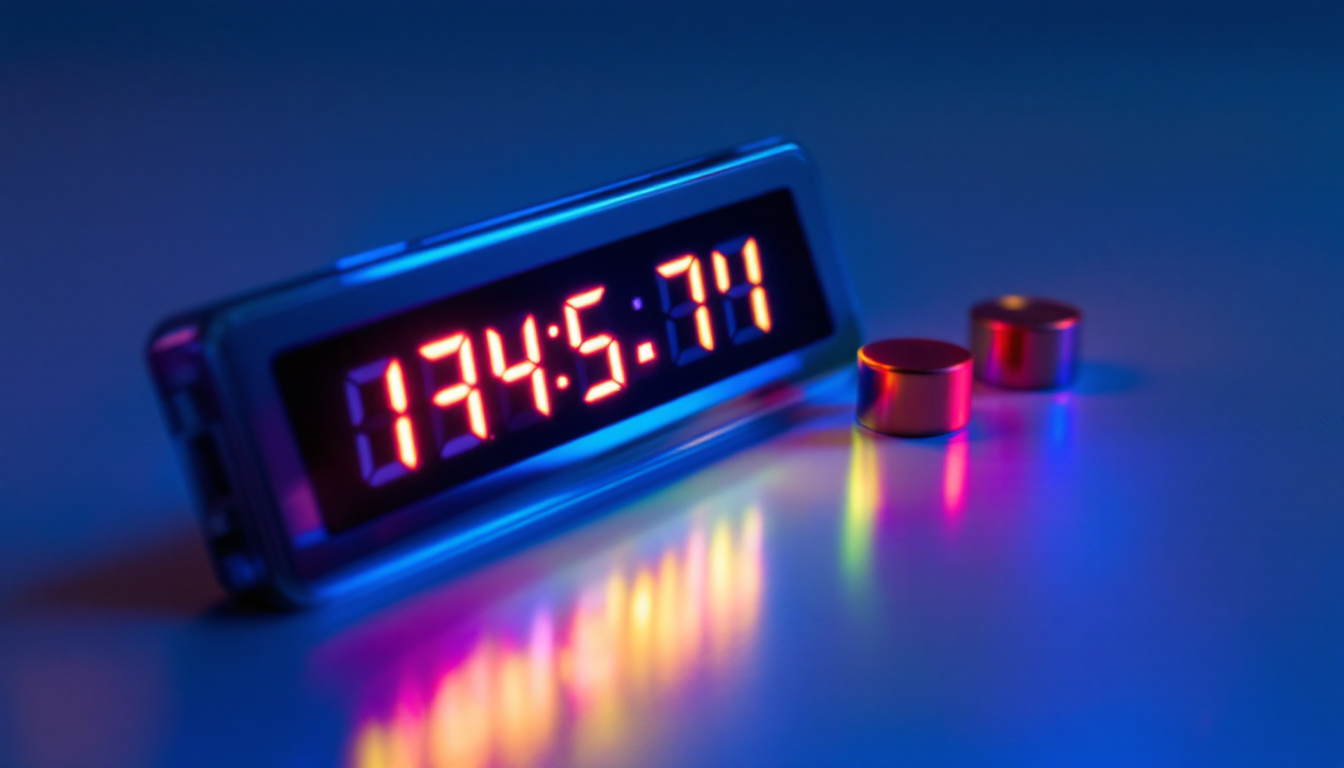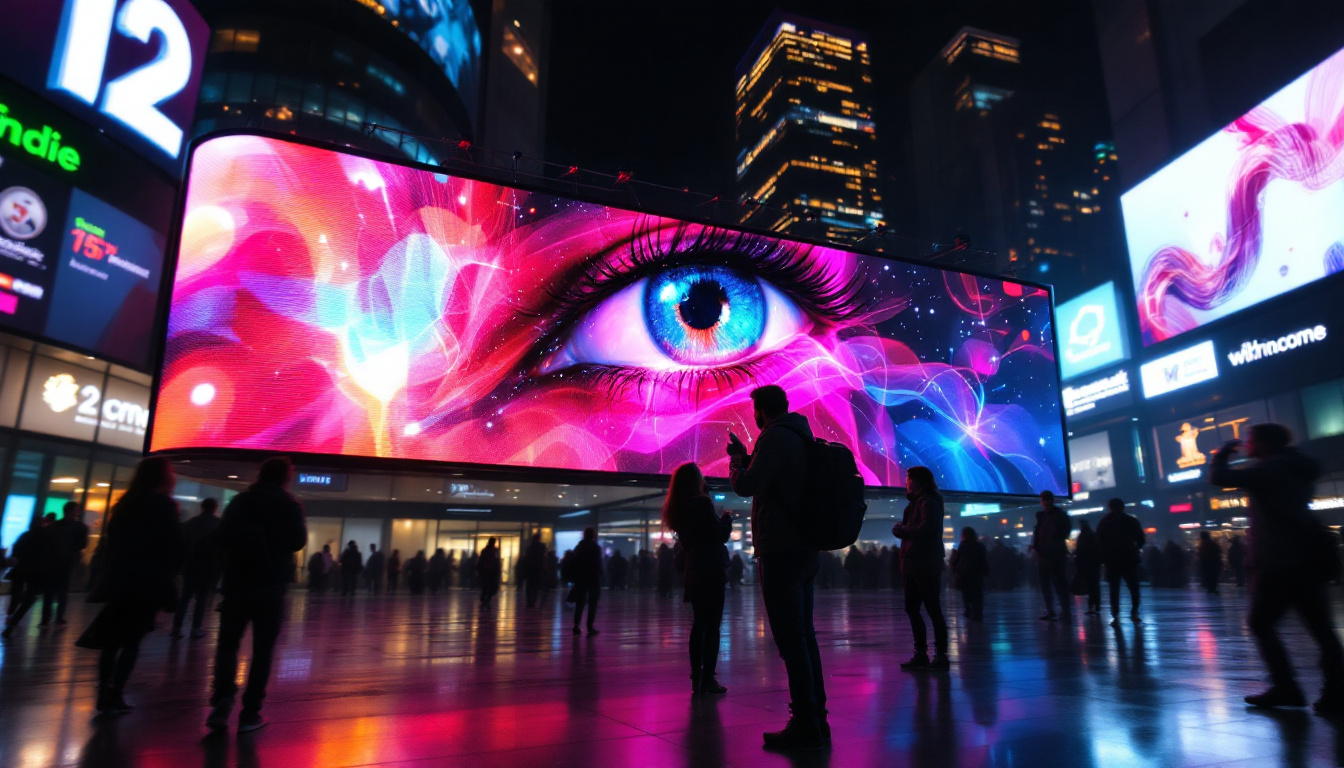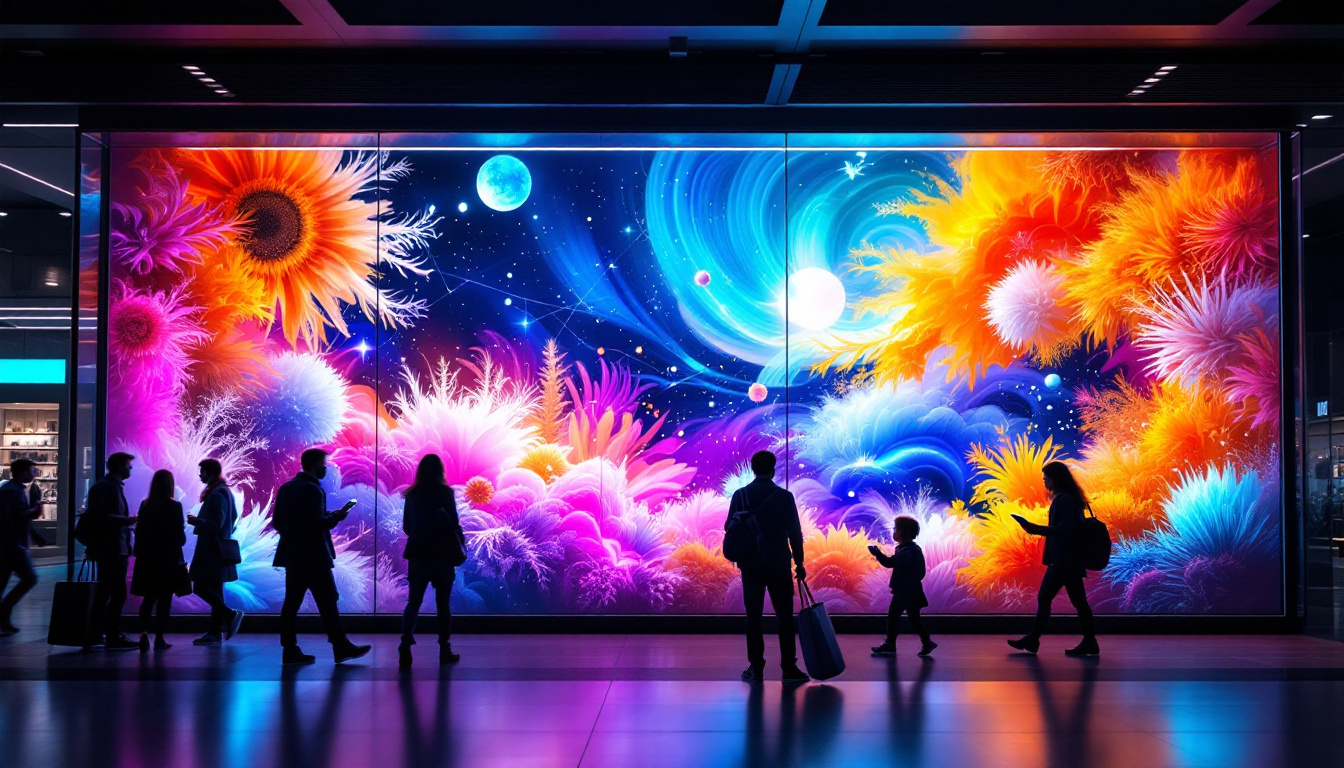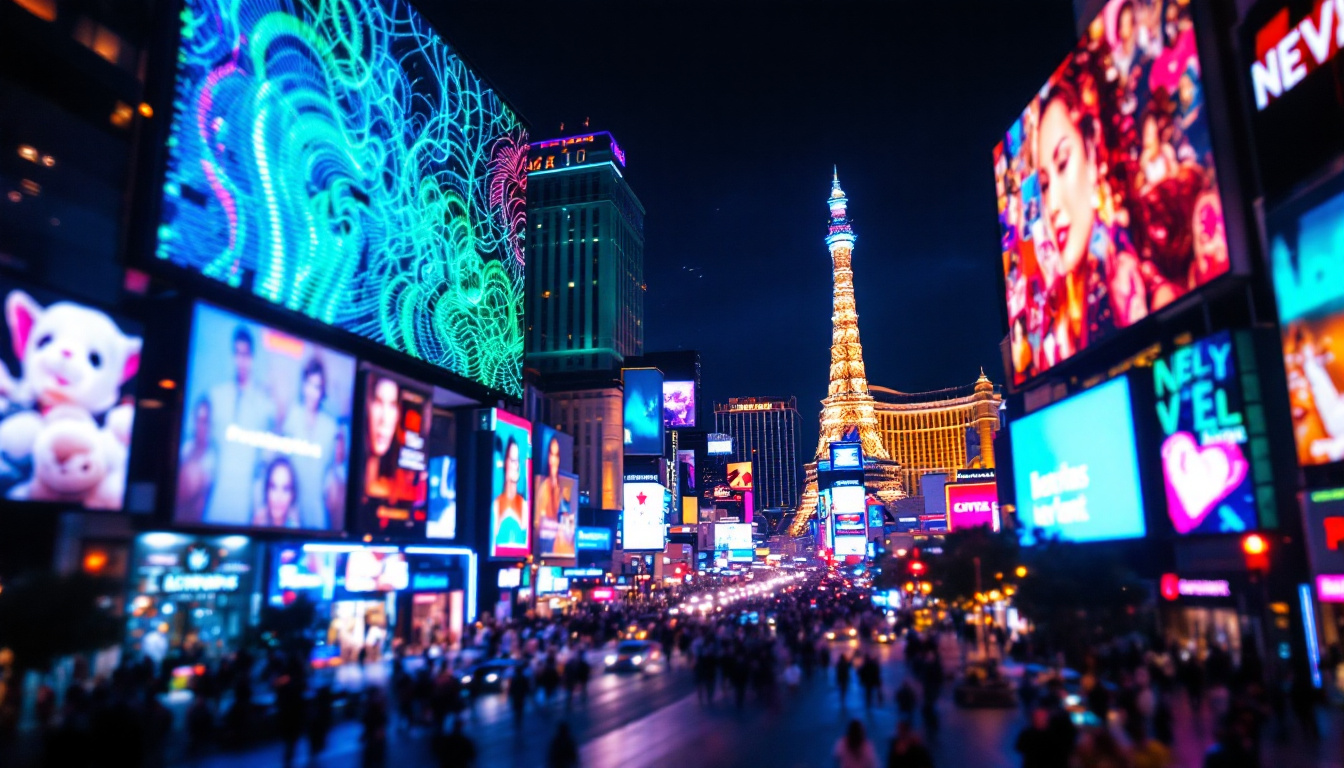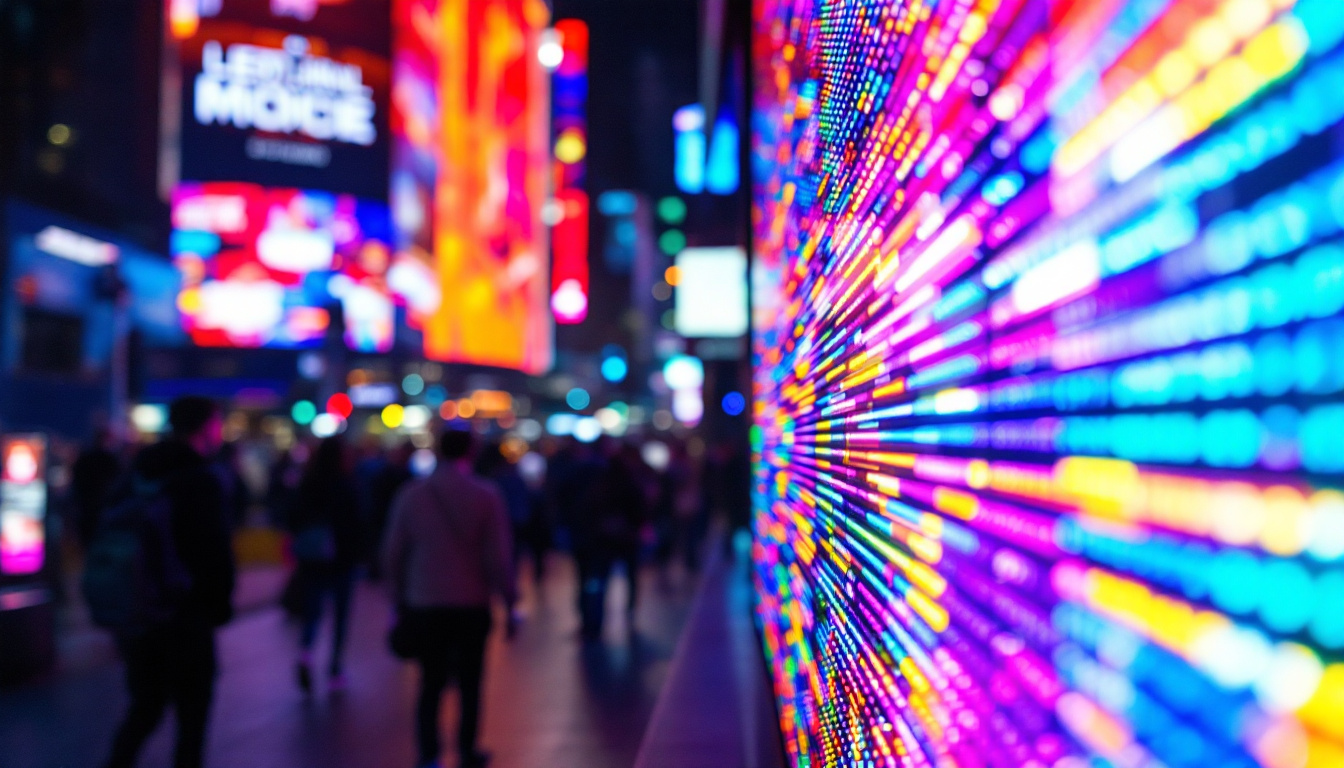In the world of advertising, mobile billboards have emerged as a dynamic and engaging way to reach potential customers. Among the various options available, LED displays stand out due to their vibrant visuals and flexibility. Understanding the pricing structure of mobile billboards, especially those featuring LED displays, is crucial for businesses looking to maximize their advertising budget. This article delves into the intricacies of mobile billboard pricing, with a specific focus on LED displays.
What is a Mobile Billboard?
Mobile billboards are essentially advertisements displayed on vehicles that travel through high-traffic areas. They can be found on trucks, vans, or trailers, and they offer a unique opportunity to reach audiences in a more targeted manner compared to traditional static billboards. The mobility aspect allows advertisers to select specific routes and times that align with their target demographics, enhancing the overall effectiveness of the campaign. This strategic placement can lead to increased brand visibility and engagement, as the advertisements are seen in real-time by potential customers in various locations.
In addition to their mobility, mobile billboards can also be customized to reflect the brand’s identity and message. Advertisers can choose from a variety of designs, colors, and formats that resonate with their target audience. This customization not only helps in creating a memorable impression but also allows businesses to stand out in a crowded advertising landscape. By leveraging the unique features of mobile billboards, companies can create a cohesive marketing strategy that complements their overall branding efforts.
The Benefits of Mobile Billboards
One of the primary advantages of mobile billboards is their ability to capture attention. Unlike static advertisements, which can easily be overlooked, mobile billboards move through various locations, reaching a wider audience. This mobility can be particularly beneficial during events, festivals, or in busy urban areas where foot traffic is high. The dynamic nature of these advertisements means that they can engage viewers who might not be exposed to traditional advertising methods, making them a powerful tool for brand awareness.
Moreover, mobile billboards can be equipped with LED displays, which offer bright, eye-catching visuals that can be changed in real-time. This flexibility allows advertisers to tailor their messages based on the time of day, audience demographics, or even current events, making them a versatile choice for many marketing strategies. For instance, a mobile billboard can promote a flash sale during peak shopping hours or highlight a special event as it approaches, ensuring that the message is timely and relevant. Additionally, the use of technology in mobile billboards can enhance interactivity; some campaigns even incorporate QR codes or social media prompts, encouraging viewers to engage with the brand directly through their smartphones. This integration of digital elements with traditional advertising methods can significantly boost customer engagement and drive traffic to websites or physical locations.
Understanding LED Displays
LED displays are digital screens that utilize light-emitting diodes to produce bright and colorful images. They have become increasingly popular in mobile advertising due to their high visibility and ability to convey dynamic content. Unlike traditional billboards, LED displays can showcase videos, animations, and changing graphics, making them more engaging for viewers.
Types of LED Displays
There are several types of LED displays used in mobile billboards, each with its unique features and pricing structures. The most common types include:
- Full-Color LED Displays: These displays can show a wide range of colors and are ideal for vibrant advertisements. They are often used for high-impact campaigns where visual appeal is crucial.
- Monochrome LED Displays: These are simpler displays that show images in one color, typically red or green. They are less expensive than full-color displays and are suitable for straightforward messaging.
- video LED displays: Capable of playing video content, these displays are highly engaging and can attract significant attention. They tend to be the most expensive option but offer unparalleled impact.
Factors Influencing LED Display Pricing
The cost of LED displays can vary based on several factors, including:
- Size: Larger displays generally come with a higher price tag. The size required will depend on the viewing distance and the intended audience.
- Resolution: Higher resolution displays provide clearer images and videos but are more expensive. Advertisers must balance the need for clarity with their budget constraints.
- Technology: The type of LED technology used can impact pricing. For example, newer technologies that offer better brightness and energy efficiency may come at a premium.
Pricing Structure of Mobile Billboards
The pricing for mobile billboards can vary significantly based on several factors, including location, duration of the campaign, and the type of display used. Understanding this pricing structure is essential for businesses aiming to allocate their advertising budgets effectively.
Base Costs
Typically, the base cost for renting a mobile billboard includes the vehicle, driver, and the display itself. This cost can range from a few hundred to several thousand dollars per day, depending on the size and type of display. For example, a basic monochrome display may start at around $300 per day, while a full-color LED display could cost upwards of $1,500 per day.
Additional Costs
In addition to the base costs, advertisers should be aware of potential additional expenses. These may include:
- Design Fees: If custom graphics or videos are needed, design fees may apply. Many companies offer design services, which can range from $100 to $1,000 depending on the complexity of the project.
- Setup and Teardown Fees: Depending on the company, there may be additional charges for setting up and taking down the display.
- Fuel and Mileage: Some companies may charge for fuel or mileage, especially if the advertising campaign requires extensive travel.
How to Choose the Right Mobile Billboard
Selecting the right mobile billboard for a campaign involves careful consideration of various factors. Businesses should evaluate their goals, target audience, and budget before making a decision.
Define Your Objectives
Before diving into the logistics of mobile billboard advertising, it’s vital to define clear objectives. Are you aiming to increase brand awareness, promote a specific product, or drive traffic to an event? Understanding the primary goal will help in selecting the appropriate type of display and the overall campaign strategy.
Identify Your Target Audience
Knowing the target audience is crucial for effective advertising. Different demographics respond to different types of messages and visuals. For instance, a campaign targeting younger audiences may benefit from vibrant, video-based content, while a campaign aimed at professionals might be better served with sleek, monochrome displays featuring concise messaging.
Evaluating ROI on Mobile Billboard Advertising
Measuring the return on investment (ROI) for mobile billboard advertising can be challenging, but it’s essential for assessing the effectiveness of the campaign. Businesses should consider various metrics to evaluate success.
Tracking Engagement
One way to measure ROI is by tracking engagement. This can be done through unique URLs, QR codes, or dedicated phone numbers featured in the advertisement. By monitoring the traffic generated from these sources, businesses can gauge how effectively the mobile billboard captured attention.
Sales Metrics
Another critical metric is sales. If the mobile billboard campaign is tied to a specific promotion or product launch, tracking sales before, during, and after the campaign can provide insights into its effectiveness. Comparing sales data with previous periods can help determine whether the campaign had a significant impact.
Case Studies: Successful Mobile Billboard Campaigns
Examining successful mobile billboard campaigns can provide valuable insights into best practices and strategies. Here are a few notable examples.
Case Study 1: A Local Restaurant
A local restaurant launched a mobile billboard campaign featuring a full-color LED display to promote a new menu item. The campaign targeted high-traffic areas during lunchtime. By incorporating a QR code that offered a discount for the new dish, the restaurant saw a 30% increase in lunchtime sales during the campaign period.
Case Study 2: A Tech Company Launch
A tech company used video LED displays to promote the launch of a new gadget. The mobile billboard traveled to tech conventions and popular urban areas, showcasing engaging video content that highlighted the product’s features. As a result, the company reported a significant uptick in website traffic and pre-orders, demonstrating the effectiveness of the campaign.
Future Trends in Mobile Billboard Advertising
As technology continues to evolve, so too will the landscape of mobile billboard advertising. Emerging trends are expected to shape the future of this advertising medium.
Integration of Augmented Reality
One exciting trend is the integration of augmented reality (AR) into mobile billboards. By incorporating AR technology, advertisers can create interactive experiences that engage viewers in new and innovative ways. This could involve viewers using their smartphones to interact with the billboard, unlocking additional content or promotions.
Data-Driven Advertising
Another trend is the increased use of data analytics to inform advertising strategies. By leveraging data on traffic patterns, demographics, and consumer behavior, advertisers can optimize their mobile billboard campaigns for maximum impact. This data-driven approach will enable businesses to make more informed decisions regarding targeting and content.
Conclusion
Mobile billboard advertising, particularly with LED displays, offers a unique and effective way to reach audiences in today’s fast-paced environment. Understanding the pricing structure, benefits, and best practices is essential for businesses looking to harness this advertising medium effectively. As technology continues to advance, staying informed about trends and innovations will be crucial for maximizing the impact of mobile billboard campaigns.
Whether aiming to increase brand awareness, promote a product, or drive traffic to an event, mobile billboards can provide a compelling solution that captures attention and engages audiences. By carefully considering objectives, target audiences, and evaluating ROI, businesses can make the most of their mobile advertising investments.
Discover LumenMatrix’s Innovative LED Display Solutions
Ready to elevate your mobile billboard advertising with cutting-edge LED display technology? Look no further than LumenMatrix, a pioneer in creating visually stunning and highly effective LED display modules. From vibrant vehicle displays that captivate on-the-go audiences to immersive indoor and outdoor LED walls, our solutions are designed to make your brand stand out. Embrace the future of visual communication with our diverse range of products, including LED Sports Displays and Custom LED solutions tailored to your unique needs. Check out LumenMatrix LED Display Solutions today and transform how you connect with your audience!

